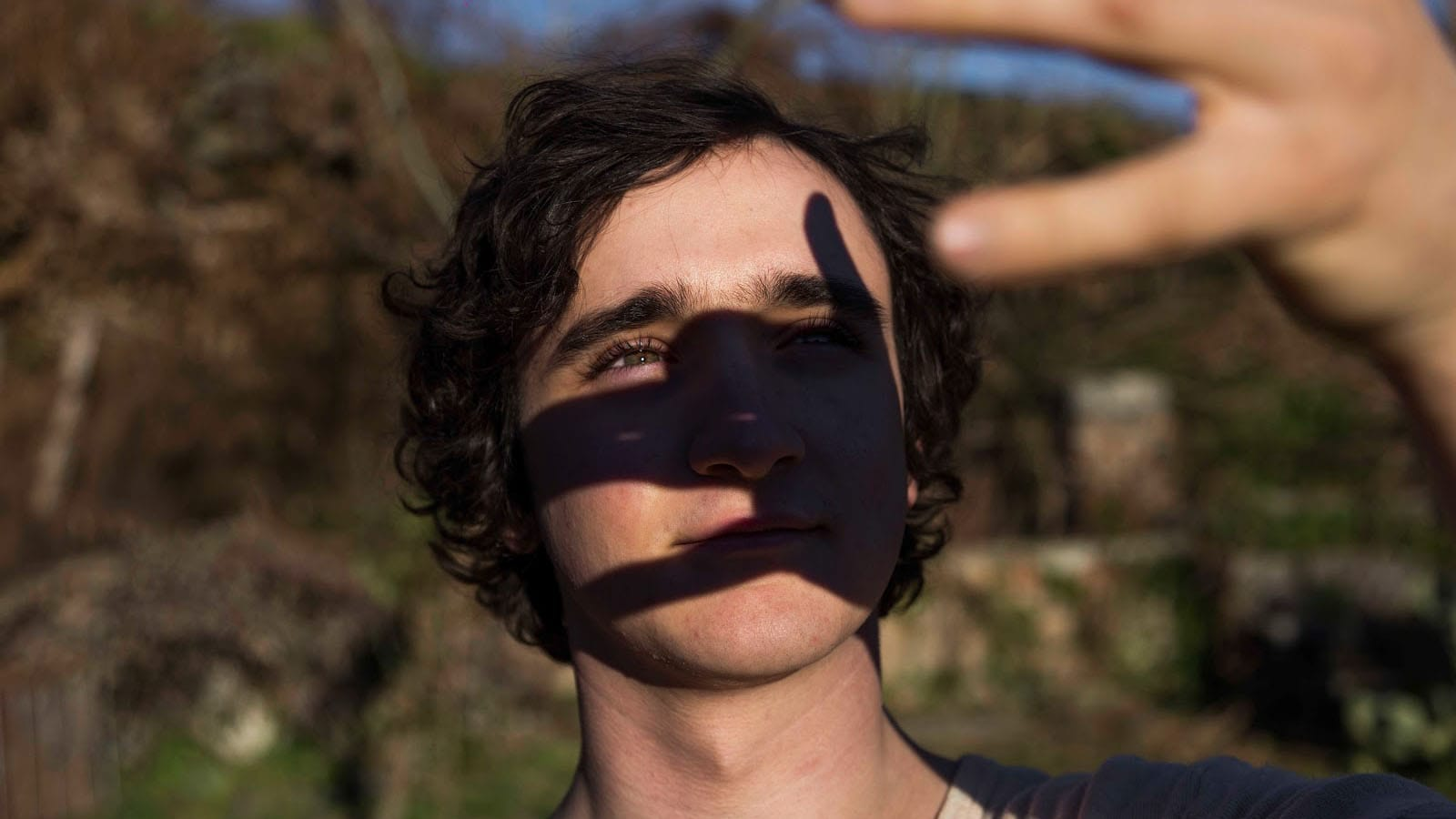La Internacional Cinéfilia and More of the Best of 2018

Of all the surveys of the best films of any given year, few are as rewarding to scan and study as La Internacional Cinéfilia, the annual poll conducted by Argentine critic and programmer Roger Koza. Presenting this year’s stack of 150 ballots, Koza notes that there are a few films listed on this epic scroll of a page that even he hasn’t heard of. Critics including Nicole Brenez, Adrian Martin, Cristina Nord, and Jonathan Rosenbaum, filmmakers such as Sean Baker, Denis Côté, Miguel Gomes, Alain Guiraudie, Radu Jude, Benjamin Naishtat, Joshua Oppenheimer, João Pedro Rodrigues, and Albert Serra, and programmers—Carlo Chatrian’s name leaps out; he’ll be the Berlinale’s new artistic director, starting with the 2020 edition—have been asked to name five top films of 2018, a film representative of the country he or she comes from, and a best first feature. Koza has tallied the votes, so let’s have a look at the collective top five.
- Jean-Luc Godard’s essay film The Image Book is divided into five chapters, one for each of a hand’s five fingers, and in the Notebook, Ignatiy Vishnevetsky reflects on hands as “a recurring motif throughout Godard’s body of work, connecting his sixties New Wave movies to the poetic and multi-layered audiovisual ruminations of his later years.” The Image Book also tops desistfilm’s poll of its contributors.
- Alice Rohrwacher’s Happy as Lazzaro, which centers on an almost angelic tobacco farmer, blends realism and the gently fantastic. “Something has happened in cinema where it seems that we have to see with the eyes of the protagonist,” Rohrwacher tells Daniella Shreir in BOMB magazine. “I wanted to convey the feeling of a world looking at someone.”
- Mariano Llinás’s La flor, nearly ten years in the making and running just under fourteen hours, features the same four actresses in six stories spanning a range of genres. “There was a time when people went from telling us, ‘That’s not how things are done’ to telling us ‘That’s the way things are not done . . . except for you guys,’” Llinás says in Pablo Staricco Cadenazzi’s interview with him at Vague Visages. “That was a special moment . . . There is a kind of great inertia towards the idea that there is only one way to make films.”
- Orson Welles’s The Other Side of the Wind, finally pieced together and released more than four decades after it was shot, “is justly and gloriously indissociable from the uncommon circumstances of its creation,” writes Julien Allen at Reverse Shot. “And by existing, it has revealed itself as an even more powerful and multi-headed symbol: of the fundamentally collaborative nature of the medium; of Welles’s complex and tormented philosophy of life and work; and of his biggest and most consistent yearning as an artist—to change the way films could be made.” In his latest column for Sight & Sound, Brad Stevens remarks on how “a film so rooted in its time feels strikingly modern . . . Like the pianola described by Tanya (Marlene Dietrich) in Touch of Evil (1958), ‘It’s so old, it’s new.’”
- In her big end-of-the-year roundup at Film Studies for Free, Catherine Grant includes a dossier from Mediático on Alfonso Cuarón’s Roma, a portrait of a family in Mexico City in the early 1970s as seen through the eyes of their maid and nanny. The Mediático essays address, in the words of editor Dolores Tierney, “a centuries-old structural relationship between Mexico’s white elite and a poor mestizo/indigenous underclass” as well as Cuarón’s style, Netflix’s role in the film’s realization, and the reception of Roma in Mexico over the past several weeks.
IndieWire has put out a call to filmmakers for their lists, and fifty-two have responded. It’s an illustrious bunch that includes Pedro Almodóvar, Josephine Decker, Yance Ford, Todd Haynes, Don Hertzfeldt, Lynne Ramsay, RaMell Ross, Paul Schrader, Whit Stillman, Sophia Takal, and Edgar Wright. Another long scroll worth spending time with is the Notebook’s eleventh annual writers poll in which contributors—more than fifty this year—pair a favorite new film with an old one seen in 2018. In all, this year’s yield numbers over one hundred “Fantasy Double Features.”
Other films with an established track record are being celebrated by Kristin Thompson, who’s written up a list of the ten best films of 1928—Carl Theodor Dreyer’s The Passion of Joan of Arc is the clear favorite—and by Farran Smith Nehme, who’s written about eleven of her favorite viewing experiences this year. Her alphabetical list runs from Andrzej Wajda’s Ashes and Diamonds (1958) to Michael Curtiz’s The Sea Wolf (1941).



